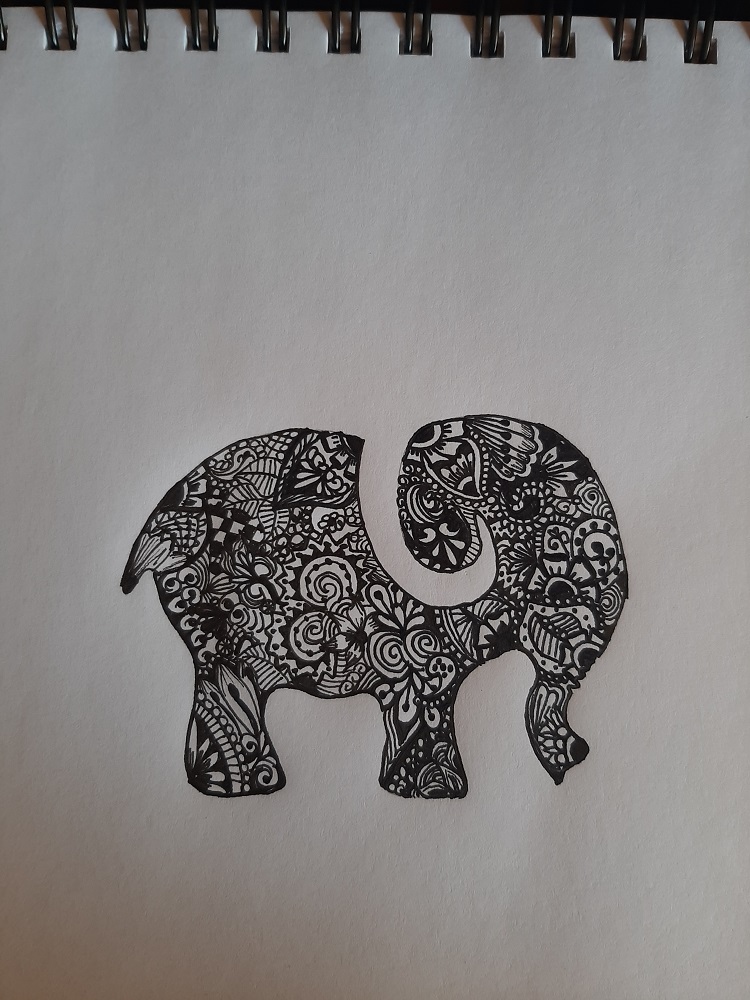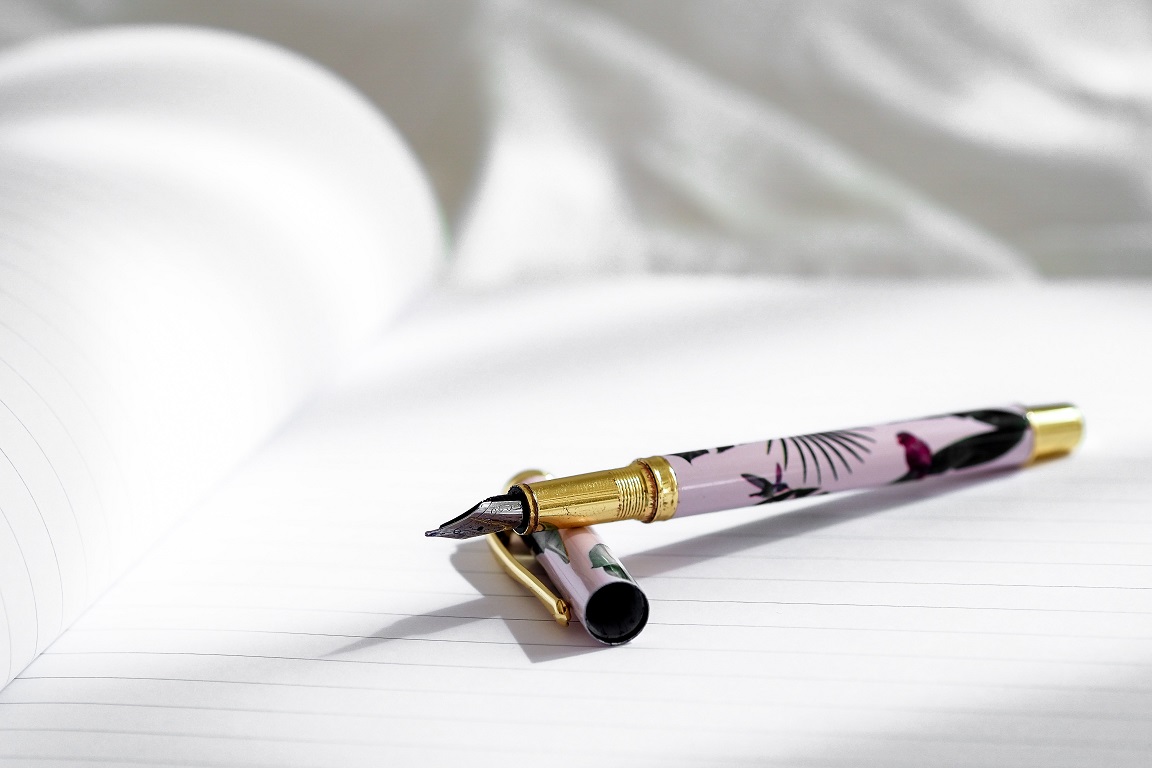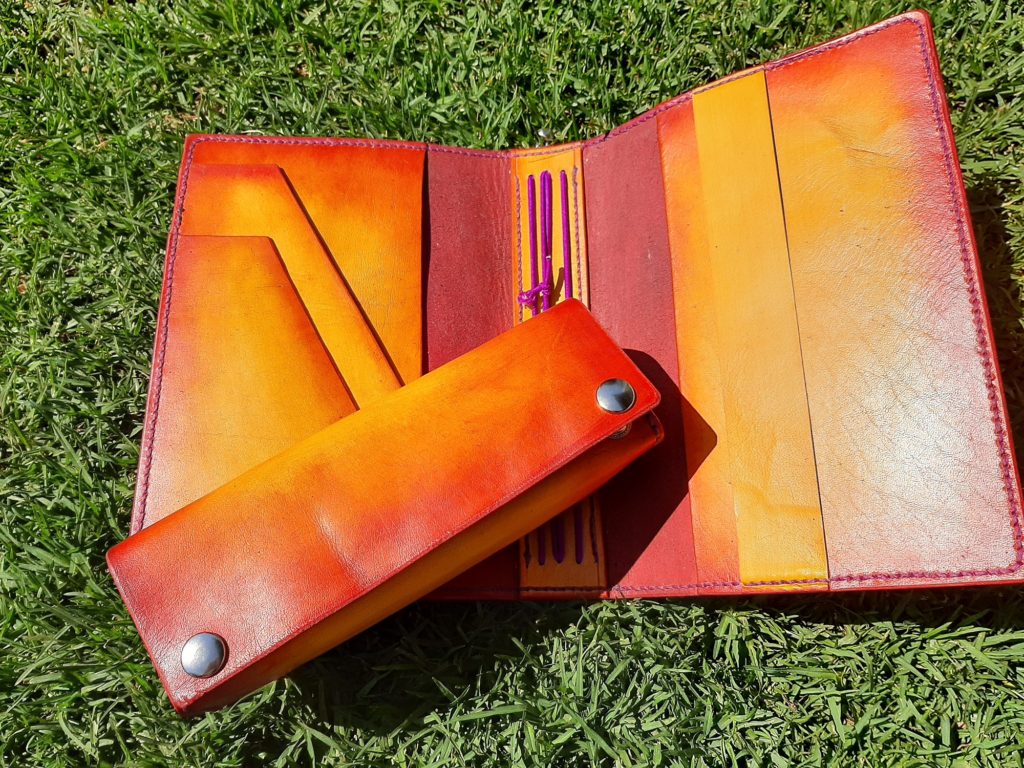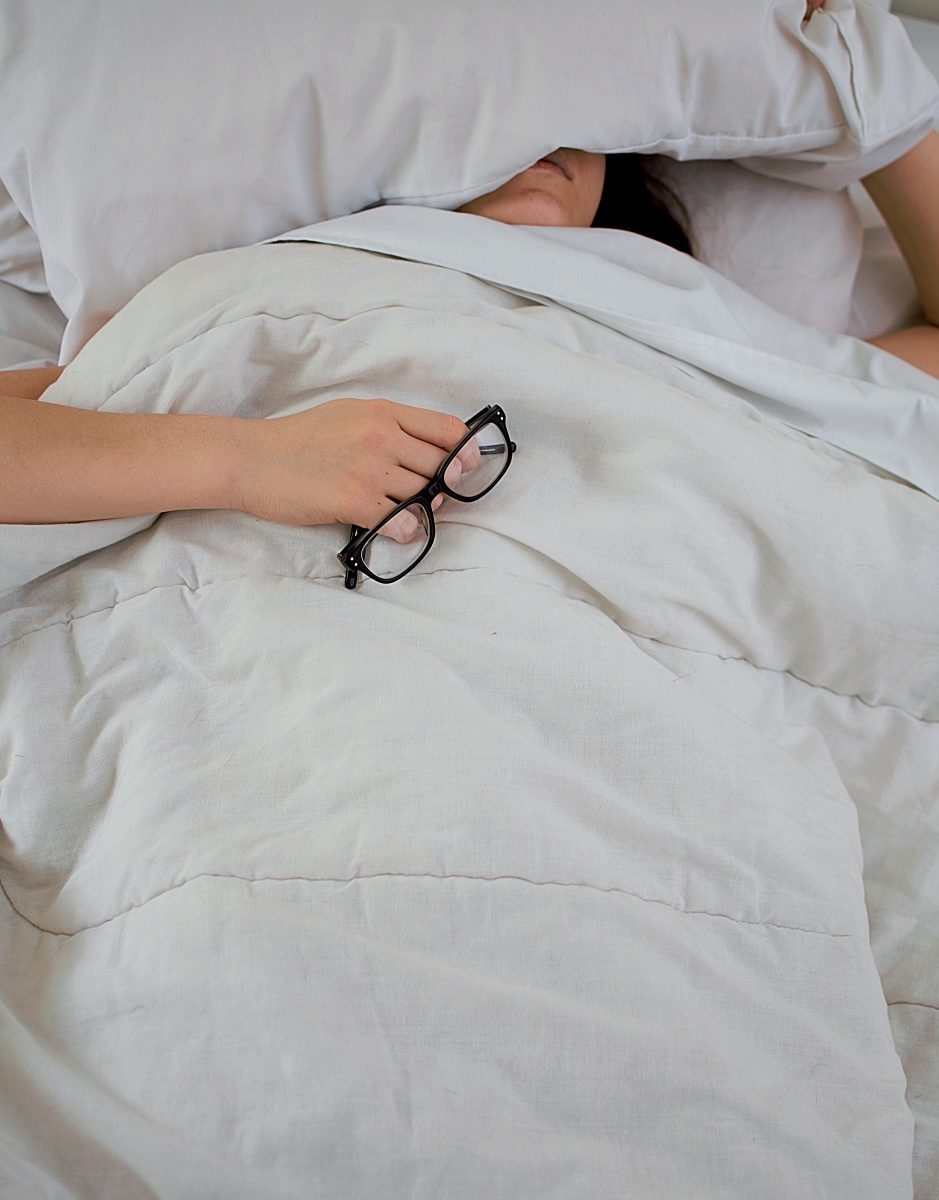Zentangles, doodles, and how to know that the difference is zendoodles
When you type “bullet journal” into Google or Pinterest you get many beautiful images of people with fantastic weekly spreads and lovely water-colour paint ideas. All the things that you want to do and do not have the artistic inclination for. (And with “you” I mean “me”). The groups that I follow put me to shame towards the end of every month with their beautiful monthly layouts and water trackers that look like something you want to frame. Tutorials are available for doodle icons and fairy gardens and castles… yes, there was another Pinterest rabbit hole that lead me down a path of artistic inferiority.
The linking clickety click did however lead to the discovery of the term Zentangles®, a form of art therapy that entails creating art by repeating patterns.
My fascination with paisley and mandala’s resonated beautifully with this idea, together with me feeling guilty if I just sit and watch Netflix. So I started trying my hand at a few repetitive patterns of my own.

The difference between tangling and doodling
So apparently when you doodle, you draw as an afterthought. This will typically happen in a lecture if you find your mind wandering, or while on the phone. A tangle however, is something that happens when you are only focused on the artwork. It supposedly relaxes you as a form of focused distraction. So, what was I then doing while sitting in front of the TV? Apparently it was… wait for it… zendoodling… which is a combination.
When I started out different ink drawings my first attempts were Mandala’s… and yes, these, too, have a home in this crazy circus… Zendala’s.
Inktober
I have chatted previously about the Whatsapp group that I belong to that share creative endevours. Since 2018 someone in this group has posted a little artistic every day. Even if it was just to inform everyone about a stationery sale. My friend who started this group suggested that some of us join the Inktober challenge. For the first time ever I am going to try it. She shared the official Inktober prompts which you can find here. I have however wandered off again and decided to look for a zentangle oriented prompt list, which I located here.
And while looking for this… I found out that zentangles should be done on tiles. Which are actually just squares or circles of paper. Of course, something that can be bought on Amazon. All clicks lead there after all. So the first suggestion is this one. I have found recommendations for these tiles on various forums as well. For now, I am not buying any tiles, even if I have my eye on these round die-cut ones. There are even fancy storage file pages like these. Who knew, a whole new world has opened up for me!
The DIY route
So as I am attempting my first ever Inktober on a budget, and have blown that budget on pens and markers and other beautiful things from Brush and Canvas, I am opting to cut my own tiles and store them in a cheap photo album.
Please make suggestions on tile sizes and shapes in the comments and follow this board on Pinterest if you want to be part of my nightly scribbles.






